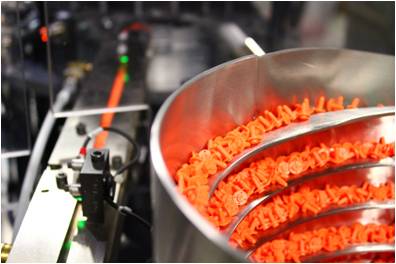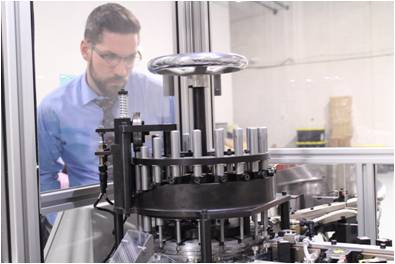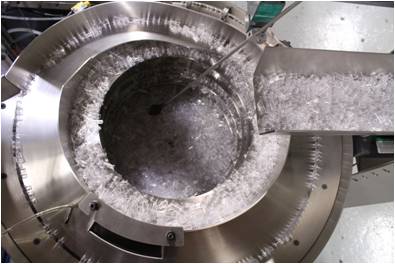Using Additives to Improve Manufacturing Process Results
Sometimes selecting a component’s resin and grade is just the first step in material selection. Sometimes a deeper look at the materials sciences is appropriate. Material additives are growing increasingly important to achieving more demanding specifications in critical components and assemblies. Once engineers achieve initial performance approval, they then need to ensure the part will continue to work in a stable production process.
Sometimes issues emerge when the tooling has already been built, so options beyond redesign or retooling can offer less expensive alternatives. If initial material and grade alternatives do not yield satisfactory results, resin additives can improve the resin flow, mold release, scratch reduction, coefficient of friction, and dispersion.
The Application
For example, a Client with a fluidic filtration system recruited Natech for material selection and high production. The product required the insertion of a molded filter with micro features into a support housing at an assembly setting of less than 90 psi. An interference ring on the outer piece would hold the inner piece in place post assembly.

The Natech Engineers selected a grade of polystyrene for the outer part and developed a custom blend of HDPE and LDPE for the inner filter. Natech built a 32-cavity mold for the outer piece and a 64-cavity mold for the inner piece. After sampling and testing, the Client approved the parts.
The Problem
However, when the fully automated assembly equipment was undergoing validation, it showed a reject rate of over 1%. The assembly pressure for the filter was exceeding the allowable pressure tolerance so the line was rejecting those parts with incomplete compression.

The Cause
After analysis of the parts and the process, the Natech Engineers discovered slight variations in the mating diameters of the two parts. Although both parts were within specification, the interference feature on the outer piece was requiring additional force to assemble, which exceeded the equipment tolerances.
The Solution
Rather than make adjustments to the mating diameters in the molds, Natech’s Engineer’s decided to focus first on the lubricity of the Polystyrene part because it was more likely to offer greater improvement. HDPE/LDPE has a higher lubricity than Polystyrene and is sometimes use as a lubricious additive for other resins. Polystyrene by contrast has a higher coefficient of friction, and some lubricious additives have been developed specifically for Polystyrene.

The Engineers consulted Natech partners in the materials sciences. They selected an internal release additive known for achieving a reduced coefficient of friction in Polystyrene. The process aid was incorporated directly into the resin. Natech produced the outer piece with the internal additive at quantities sufficient for testing in the automated equipment.
The Result
Natech’s Engineers then compared the assembly push force with and without the additive and found a significant improvement. They were able to reduce the assembly reject rate to an acceptable level. Focusing on a material additive solution allowed the team to avoid adjusting the high-cavitation molds. This yielded time and cost savings as well as an important reduction in the overall risk.
